This Day in Track and Field - Oct 14
This Day in Track and Field - Oct 14
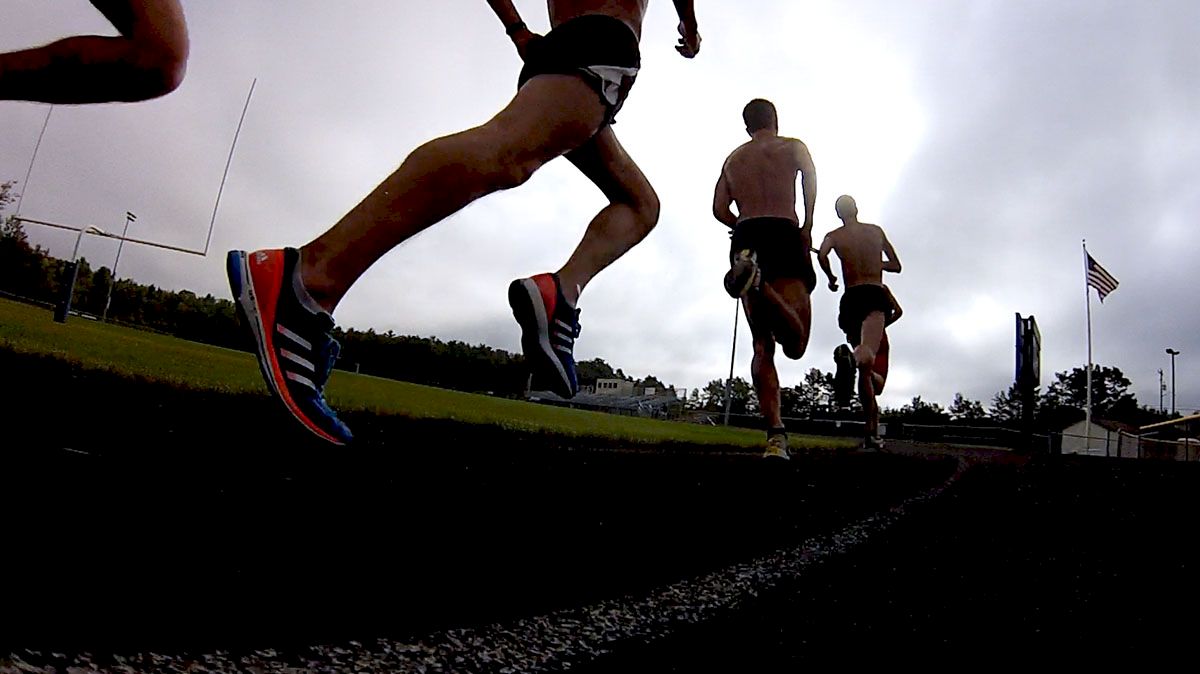
1964 - It was the first day of competition at the first of four Olympic Games that I would attend as a member of Track and Field News' Olympic Tours. I first became aware of the magazine the previous year and quickly signed up when I saw an ad for their trip to the Tokyo Olympics.
One of the tour packages included a stopover in Hawaii, and I had watched the Opening Ceremony with other tour members on a TV set up in a hotel hallway in Honolulu. I had even competed in a road race that featured local resident Leah Ferris, the 1963 U.S. Indoor 1/2-mile champion. With the time difference, I was also able to watch a World Series game between the NY Yankees and St.Louis Cardinals at 7am!
But now here I was, a young track fan from Brooklyn, walking towards the Olympic Stadium in Tokyo. I can still hear the flag-ropes banging against the tall metal posts in the plaza outside the stadium on that breezy day. As luck would have it, my seat was right next to Cordner Nelson and his late wife, Mary. What better way to be introduced to the Olympic experience than to talk track (and field) with the co-founder of Track and Field News!
Most of that first day was filled with qualifying rounds (Bob Hayes won his heat and 1/4-final in the men's 100-meters), but there was one running final--the men's 10,000-meters. Most of the pre-Games chatter centered on Ron Clarke, the world record holder from Australia, defending champion Pyotr Bolotnikov of the Soviet Union, and New Zealand's Murray Halberg, the 1960 Olympic Champion at 5000-meters. Clarke was the consensus pick of T&F News' expert panel, with 18-year old Gerry Lindgren considered to be the leading American entry.
A crowded field of 38 runners, still the largest ever to contest an Olympic 10k final, started the race, and the surprising 1/2-way leader was another American, Billy Mills, who went through 5000-meters in 14: 04.6, a world-record pace! Everyone "knew" that he couldn't maintain that tempo, but wasn't it nice to see him in the lead, at least for a while. Lindgren, who had suffered a sprained ankle shortly before the Games, was out of contention at this point, while Mills was one of only five runners still battling for the three medals. Soon it was down to four, with Mills, Clarke, Tunisia's Mohamed Gamoudi, and Ethiopia's Malmo Wolde working their way around lapped runners. With two laps to go, Wolde lost contact with the others and the feeling among excited American fans was, "Wow, Mills is going to get at least a bronze medal"!
At the bell, still maneuvering around lapped runners, Clarke held the lead, while Mills moved slightly ahead on the turn, but not enough to cut in. While running wide to get around yet another lapped runner, Clarke and Mills bumped shoulders, forcing a stumbling Mills to the outer edge of lane. Then Gamoudi, as much of an underdog as Mills coming into the race, squeezed his way between the two leaders, opened up a lead of about 5-6 meters on the backstretch, and looked like a sure winner. Clarke gamely gave chase and drew almost even midway down the final stretch. And then Mills did the unthinkable. His late sprint brought him first past Clarke, and then Gamoudi, as he went on to attain one of the biggest upsets in Olympic history, winning in 28: 24.4. Gamoudi held on for 2nd in 28:24.8, with Clarke 3rd in 28:25.8 as all three bettered the previous Olympic Record (as did Wolde, who finished 4th in 28:31.8).
Here's how Cordner Nelson wrote of Mills' finish in his wonderful coverage for T&F News: "Then suddenly happened a rare moment which made even mediocre track fans say, 'That was worth the trip, alone'. A hundred and fifty pounds of fighting man went into action with an all-out sprint which abruptly turned sane men (including TV announcers-WM) into screaming hysterics. With each stride of his 5'-11" frame the Marine Lieutenant bore down on his rivals, surging past a mass of lapped runners, past Clarke and Gamoudi 50 yards from the tape so fast that Clarke was stunned and gave up the chase. With a wild grin, Billy Mills hit the tape, arms upraised in a leap of sheer joy". All in all, not a bad way to start my Olympic viewing "career".
Mills, a Native American (Ogala Lakota/Sioux), is currently a much-sought after motivational speaker, both at running and corporate events, and is the spokesperson for the organization he founded, Running Strong for American Indian Youth( billymills.org [includes a link to a video of the Tokyo last lap]).
RELATED LINKS: Tokyo Poster Ad for "Tokyo Olympiad"-Kon Ichikowa's outstanding coverage of the 1964 Olympics(highly recommended) STORY/PHOTOS NY TIMES Article T&F NEWS COVER(Oct./Nov.) KANSAS BIO His Niece "Knew" Washington Post article(2005) Scholarship Established at Kansas
Video of Billy Mills 10k Finish at 1964 Olympics
Related Content
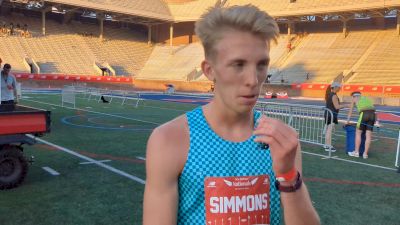 Daniel Simmons concludes his High School Career at New Balance Nationals
Daniel Simmons concludes his High School Career at New Balance NationalsJun 16, 2024
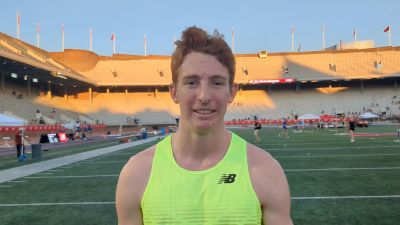 Zachary Hillhouse Breaks Four at New Balance Nationals, Second to Drew Griffith
Zachary Hillhouse Breaks Four at New Balance Nationals, Second to Drew GriffithJun 16, 2024
 Drew Griffith Concludes an Unbelievable High School Career with another Sub-4 Mile
Drew Griffith Concludes an Unbelievable High School Career with another Sub-4 MileJun 16, 2024
 New Balance Nationals Outdoor 2024 Results, Live Updates: Day 3
New Balance Nationals Outdoor 2024 Results, Live Updates: Day 3Jun 16, 2024
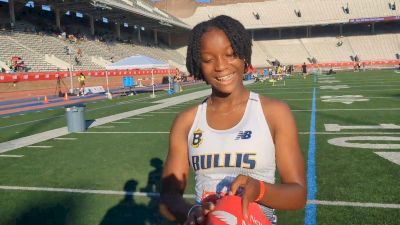 Parker Coes Goes 23.99 To Win NBNO Middle School 200m Title
Parker Coes Goes 23.99 To Win NBNO Middle School 200m TitleJun 15, 2024
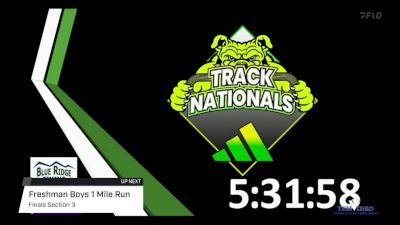 Jonathan Grimm Clocks 4:33.15 Full Mile As A Middle Schooler
Jonathan Grimm Clocks 4:33.15 Full Mile As A Middle SchoolerJun 15, 2024
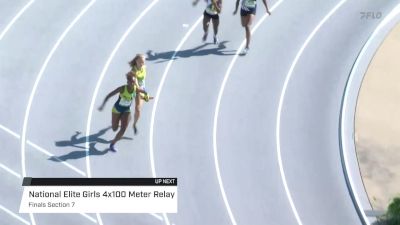 Run U Xpress Hits 46-point On The Clock To Win National Elite 4x100
Run U Xpress Hits 46-point On The Clock To Win National Elite 4x100Jun 15, 2024
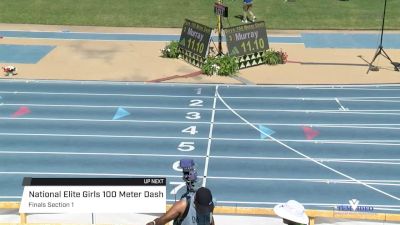 Melanie Doggett, Zhoe Holt Both Claim National-Class Records, Go 1-2 In 100m Final
Melanie Doggett, Zhoe Holt Both Claim National-Class Records, Go 1-2 In 100m FinalJun 15, 2024
 Live Updates From Day 2 Of The 2024 Adidas Track Nationals In Greensboro
Live Updates From Day 2 Of The 2024 Adidas Track Nationals In GreensboroJun 15, 2024